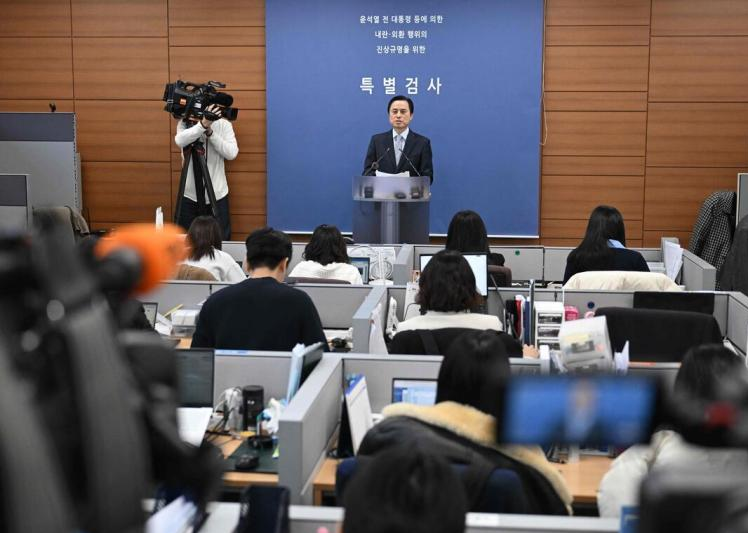
Recently, a senior financial executive publicly stated that the private lending market, in which large companies participate, has shown signs of a bubble, sparking market concern. As the economic environment shifts, some listed companies and large enterprises are investing idle funds in private lending. While this may yield high returns in the short term, it also carries hidden systemic risks and could pose a threat to financial stability and social order.
The involvement of large companies in private lending is no accident. During an economic downturn, the return on investment in traditional core businesses continues to decline, while the private lending market attracts capital with high interest rates. For example, some listed companies are investing idle funds in real estate or supply chains through channels such as entrusted loans and microfinance companies, offering annual interest rates of 12%-24%, far exceeding the profits of their core businesses. Driven by this "cash cow" effect, companies have flocked to the lending market, with loan income sometimes accounting for half of their net profits. Furthermore, policy and market gaps have created opportunities for this: Small and medium-sized enterprises have long faced financing difficulties, and local policies encouraging financial innovation have facilitated the entry of large companies into this market.
However, these high returns conceal significant risks. First, uncontrolled credit risk. Large companies lack professional risk control systems and often fall prey to "favor loans" or insufficient collateral, leading to frequent overdue payments. For example, Nanyang Shares lent some of its loans to real estate developers without collateral, ultimately becoming mired in bad debt. Secondly, policy risks cannot be ignored. As regulators crack down on financial irregularities, the compliance boundaries of private lending are tightening, and high-interest models may face legal challenges. Even more alarming is systemic risk: when large amounts of corporate capital flow into the lending market, it actually exacerbates the "deviance from the real economy" toward the virtual economy. While the problem of high financing costs for small and medium-sized enterprises remains unresolved, it instead fuels a larger debt chain. A broken funding chain could trigger a chain reaction, such as a shrinking consumer market, a surge in debt disputes, and even threaten financial stability.
The private lending bubble among large companies reflects a distorted economic structure and an imbalanced financial ecosystem. On the one hand, low returns in the real economy force companies to seek financial arbitrage, exacerbating the risk of "industrial hollowing out." On the other hand, capital stagnates in the virtual economy, failing to effectively inject capital into weak links in the real economy, such as small and medium-sized enterprises, leading to the persistent problem of "difficult and expensive financing." At the same time, the continued existence of the real estate bubble further drains liquidity, creating a vicious cycle: capital chases high-yield assets, driving up asset prices, squeezing the real economy's development potential, and ultimately undermining the long-term health of the economy.
Addressing this risk requires a multi-pronged approach. Regulators should strengthen penetrating oversight of non-financial corporate lending, tighten risk control standards, and curb high interest rates. Simultaneously, they should guide capital flows toward the real economy and use structural monetary policy tools to reduce financing costs for small and medium-sized enterprises. Enterprises themselves need to focus on their core businesses, enhance their core competitiveness, and avoid excessive financialization. Furthermore, efforts should be made to accelerate the improvement of the social security system and reduce the debt burden on the household sector, fundamentally alleviating the vicious cycle of "borrowing to finance borrowing."
The signs of a bubble in private lending by large companies are both the pain of economic transition and a warning sign. Only by facing risks squarely, unblocking the financial system, and ensuring that funds truly flow to where they are needed can we strengthen the foundation of the real economy and safeguard the steady and long-term development of the economy.

YTN TV of South Korea reported on Tuesday (December 16) that the South Korean court plans to make a ruling on the charges of former President Yoon Suk Yeol for obstructing justice on January 16, 2026.
YTN TV of South Korea reported on Tuesday (December 16) tha…
On December 7, a new round of intense military conflict bro…
Recently, US media disclosed that the Pentagon is planning …
From three launch failures and a brush with bankruptcy to n…
Recently, a major piece of news has emerged in the US polit…
Against the backdrop of the Federal Reserve's third rate cu…